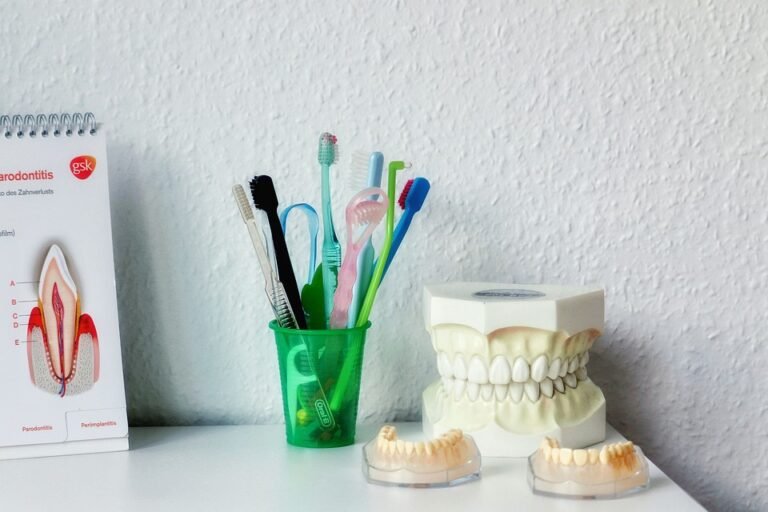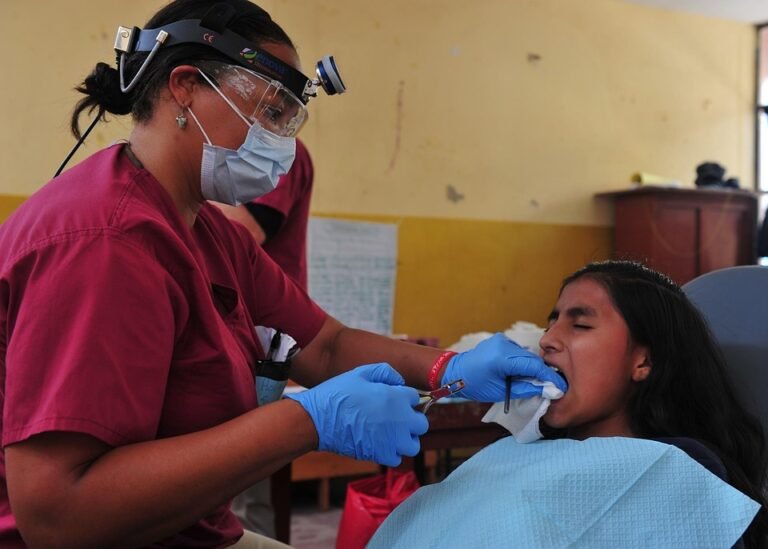How do color profiles impact printing smile photos
I’ve been taking a lot of photos of my kids lately, especially those precious smiling moments. I’m pretty happy with how they look on my computer screen, but when I print them out, the colors are always… off. Sometimes they’re too washed out, sometimes they’re overly saturated, and occasionally their skin tones look totally weird. I’ve read a bit about color profiles, but I’m still confused about how they actually affect the printing process, specifically with smile photos.
I’m using a decent inkjet printer (an Epson EcoTank), printing on photo paper that’s recommended for it. I’m editing my photos in Photoshop Elements, and I typically just leave all the color settings on the default. I’m assuming that’s my problem?
So, my questions are:
- What specifically do different color profiles do when printing smile photos? I’m talking about things like the reds in lips, the whites of teeth, and the overall skin tones. How does, say, sRGB versus Adobe RGB impact how these elements look printed?
- How do I choose the right color profile for printing smile photos specifically? Is there a general "best" profile for portraits, or does it depend on the printer/paper? Where do I even find the correct profile for my printer and paper combination?
- How do I ensure that my printer is actually using the color profile I select in Photoshop Elements? What settings do I need to adjust in both Photoshop and the printer driver?
- Are there specific things I should be looking for in printed smile photos that indicate a color profile mismatch? Things like too much yellow, or a weird pinkish tint to the skin?
I really want to get these printed photos looking as good as the ones on my screen, so any guidance would be greatly appreciated!
Answer
Color profiles are essential for achieving accurate and consistent color reproduction when printing smile photos. They act as translators, ensuring that the colors you see on your monitor closely match the colors produced by your printer on paper. Here’s a detailed breakdown of how they impact the printing of smile photos:
Understanding Color Profiles
At the core, a color profile is a set of data that characterizes a specific color device, whether it’s a monitor, scanner, digital camera, or printer. It describes the device’s color capabilities, specifically how it interprets and reproduces color. These profiles conform to standards set by the International Color Consortium (ICC).
The Color Management Workflow
Printing smile photos with accurate color involves a color management workflow. Color profiles are crucial at each stage:
-
Capturing the Image (Camera Profile):
- Digital cameras use color profiles to interpret the colors they capture. These profiles are usually device-specific and embedded in the image file (typically as an embedded ICC profile).
- The camera profile defines how the camera’s sensor interprets the scene’s colors and translates them into RGB values.
- A properly calibrated camera profile helps ensure that the initial color capture is as accurate as possible, which is vital for capturing the nuances of skin tones, teeth whiteness, and lip colors in a smile.
-
Displaying the Image (Monitor Profile):
- Your monitor uses a color profile to display images. This profile describes how your monitor interprets RGB values and displays them as colors on the screen.
- Without a calibrated monitor profile, the colors you see on your screen may not be accurate. The smile in the photo might appear too yellow, too red, or too pale.
- A properly calibrated monitor ensures that you are accurately judging the colors in your image, allowing you to make informed editing decisions.
-
Editing the Image (Working Space Profile):
- Image editing software (like Adobe Photoshop or GIMP) uses a working space profile, such as sRGB, Adobe RGB, or ProPhoto RGB.
- The working space profile defines the range of colors available for editing. A larger color space, like Adobe RGB or ProPhoto RGB, can represent a wider range of colors than sRGB.
- However, choosing the right working space depends on your final output. If your smile photos are primarily for online sharing or printing at consumer labs, sRGB is generally sufficient. If you are a professional photographer or plan to use high-end printing, a larger color space might be preferable, but you need to be aware of how that will convert to other formats and to the printer’s color profile.
-
Printing the Image (Printer Profile):
- This is where printer color profiles have the most direct impact on the final print.
- Printer profiles are specific to a particular printer model, ink type, and paper stock. They describe how the printer mixes inks to reproduce colors and how the paper affects those colors.
- Without a printer profile, the printer will use its default settings, which may not be optimized for the specific image or paper. This can lead to inaccurate colors, poor tonal range, and a loss of detail. The smile might look unnatural, with overly saturated or muted colors.
- A printer profile acts as a translation guide, converting the RGB values in the image (defined by the working space) into the CMYK values that the printer uses. It compensates for the printer’s unique characteristics to produce the most accurate color rendition possible.
Specific Impacts on Smile Photos
- Skin Tones: Accurate skin tone reproduction is crucial for portrait photography, and a smile photo is no exception. Incorrect color profiles can result in skin tones that appear too orange, red, yellow, or even greenish. A good printer profile will help to ensure natural and healthy-looking skin tones.
- Teeth Whitening: The perceived whiteness and brightness of teeth are critical aspects of a smile photo. Color casts from incorrect profiles can make teeth appear dull, yellow, or gray. A printer profile that accurately renders subtle shades of white and cream is essential for showcasing a bright and attractive smile.
- Lip Color: Lip color adds vibrancy and definition to a smile. A printer profile should be able to accurately reproduce the range of lip colors, from subtle pinks to deep reds, without oversaturation or color shifts.
- Overall Vibrancy and Detail: A well-chosen printer profile will help to maintain the overall vibrancy and detail of the smile photo. It prevents colors from becoming washed out or muddy, ensuring that the final print captures the energy and emotion of the moment.
- Avoiding Color Casts: Color casts, which are unwanted tints of color in the image, can be a major problem when printing without proper color management. A printer profile helps to neutralize any color casts and ensure that the image appears neutral and balanced.
How to Use Printer Profiles
-
Obtain the Correct Profile: Printer profiles are usually provided by the printer manufacturer or can be downloaded from the paper manufacturer’s website. It’s crucial to select the profile that matches your specific printer model, ink type, and paper stock. Some specialized paper manufacturers provide custom ICC profiles for their paper, which may require a small fee.
-
Install the Profile: Follow the instructions provided with the profile to install it on your computer. This typically involves copying the profile file to a specific folder on your system.
-
Select the Profile in Your Printing Software: When printing, select the correct printer profile in your printing software’s color management settings. You may need to specify that the printer should manage the colors and select the appropriate profile from a list.
- Test Prints: After installing the profile, it’s always a good idea to print a test image with a range of colors and tones to verify that the profile is working correctly.
Calibration and Custom Profiles
For the most accurate color, consider calibrating your monitor and creating custom printer profiles.
- Monitor Calibration: Use a hardware calibrator and software to create a custom profile for your monitor. This ensures that your monitor is displaying colors accurately.
- Custom Printer Profiles: For critical applications, consider creating custom printer profiles using a spectrophotometer. This involves printing a color target, measuring the colors produced by the printer, and using software to create a profile that is tailored to your specific printing setup.
In summary, color profiles are a fundamental aspect of color management, directly influencing the accuracy, vibrancy, and detail of smile photos during printing. The correct profile choice ensures lifelike skin tones, natural teeth whiteness, and vibrant lip colors, leading to a more pleasing and emotionally resonant final print. Without them, colors may appear distorted, leading to an inaccurate representation of the original image and a less satisfying result.



